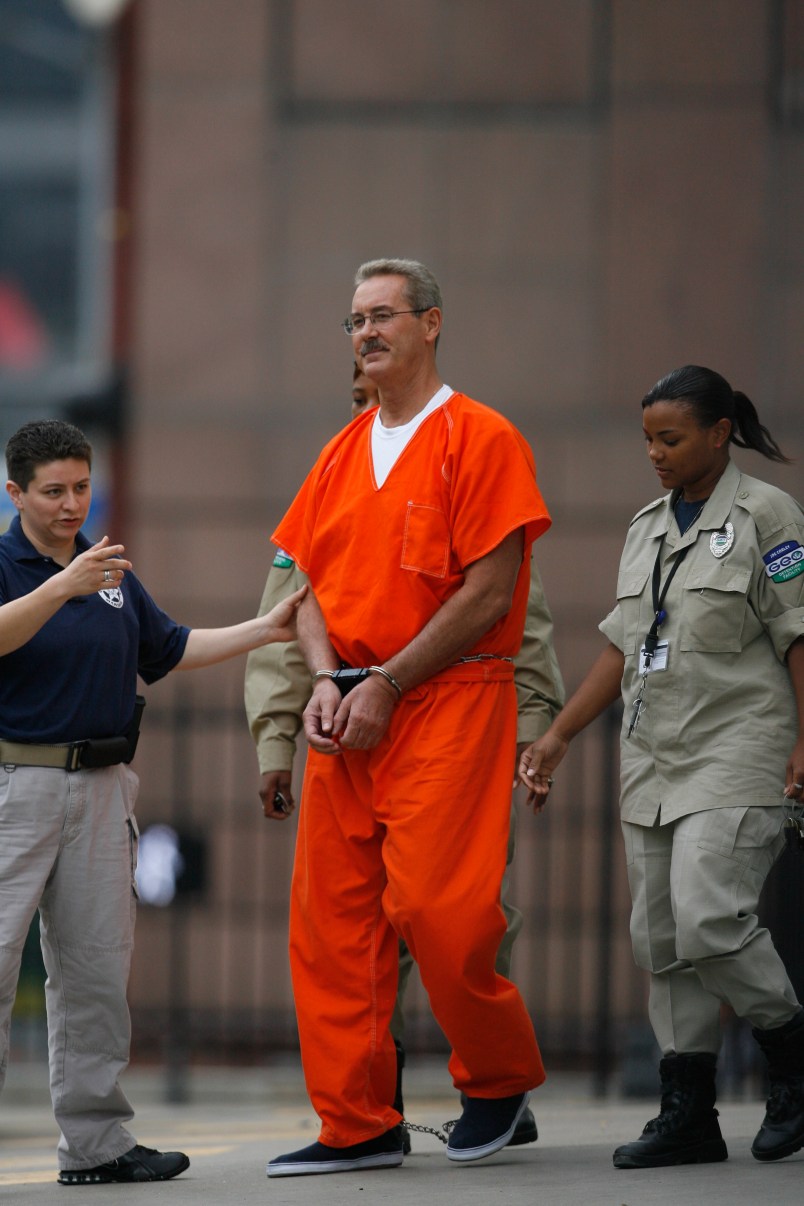Yesterday, we got new details on Allen Stanford’s alleged $8 billion fraud, with the release of the plea deal signed by the Texas banker’s number 2 man.
Jim Davis, Stanford’s college roommate and the CFO of the Stanford Financial Group, pleaded guilty to conspiracy, mail fraud and obstruction charges. He told prosecutors that the company was a sham from the start, using money from new investors to pay off old ones. Davis also described how for years he helped cover up the scheme, and helped bribe a top Antiguan regulator to keep the SEC off the scent.
As the Miami Herald describes it, Davis “said that from the time he joined Stanford’s Guardian International Bank in Montserrat in 1988, the operation was a fraud — with Davis ordered to invent the numbers.
As the company grew and moved to Antigua, Davis said he went from creating fake ledgers by hand to using sophisticated computer spreadsheets to manipulate the bank’s records.
Davis described how, starting in 2002, he and Stanford bribed Leroy King, a former Bank of America executive who was Antigua’s top banking regulator, to help keep the SEC at bay.
To solidify the bond, Stanford and King entered into a bizarre ritual in 2003 that would keep the bribes secret: a “blood oath” to guarantee their absolute loyalty.
Davis said it “would ensure that the Antiguan bank regulators would not `kill the business.’ ”
For the next five years, the arrangement worked: King took in more than $200,000 in bribes — including two $8,000 tickets to the 2004 Super Bowl in Houston for him and his girlfriend, said Davis.
Indeed, in 2005, the SEC seemed onto Stanford, writing to King to urge him to disclose the bank’s portfolio. But King showed the letter to Stanford, who, along with Davis, helped craft a response that succeeded in holding the regulators off. The same thing happened the next year.
Davis also described two key meetings Stanford held with employees as the end drew near earlier this year.
In a private hangar at MIA, Stanford’s inner circle gathered on Jan. 21 to find a way to fend off the SEC’s demands. But by the end of the meeting, neither Stanford nor Davis would agree to meet with regulators.
The crisis came two weeks later in Stanford’s Miami office, when Davis finally told top officers — with Stanford present — that the bank’s core assets, bolstering the entire operation, were almost entirely fabricated.
Later that same day, Stanford admitted the bank’s value was greatly exaggerated and that he had been lying to investors, the plea agreement states.
Davis’s deal also make clear that most of the money Stanford allegedly stole won’t be going back to investors, because its gone. It’s unclear how much of it was spent on the cricket-loving banker’s high-flying lifestyle.
Stanford himself was taken to hospital yesterday complaining of chest pains. His lawyer, Dick DeGuerin, has been seeking permission to quit the case, because Stanford cant guarantee he’ll be paid. Robert Luskin, Karl Rove’s lawyer, has reportedly talked to Stanford about taking over, but is also holding out for a guarantee of payment.









